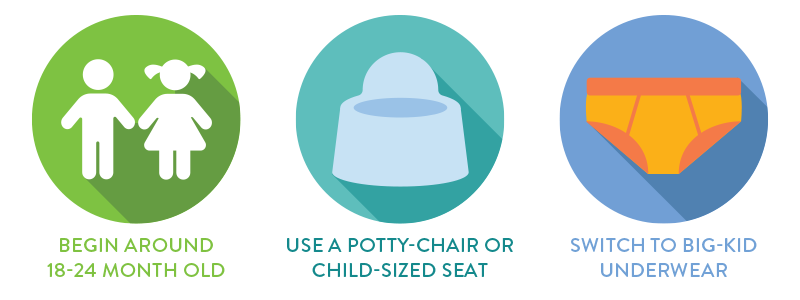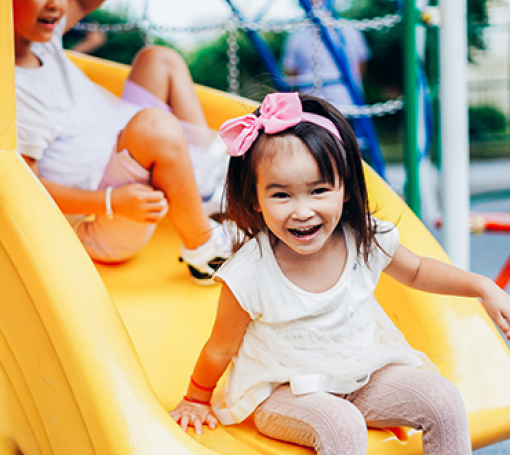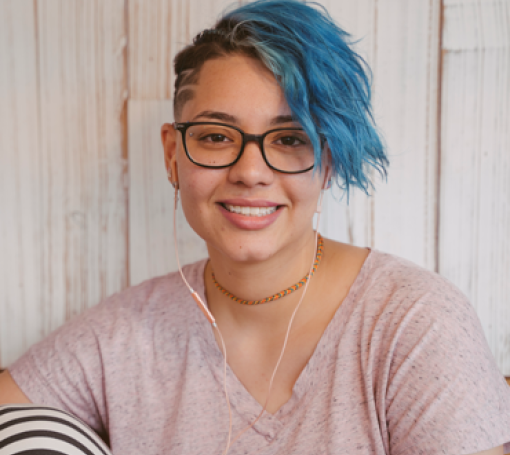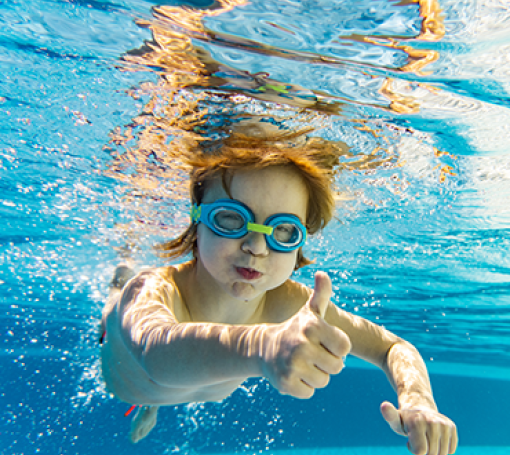
When can my child learn to use the potty?
Most children show signs of readiness to potty train around 18-24 months of age. This is when they begin to develop control of the muscles around their bladder and rectum, allowing them the ability to release or hold their urine and stool intentionally. Your child may be ready to potty train when they show some of the following signs:
- Tells you if they need to go or have gone potty
- Can hold their urine for 2 hours at a time or can stay dry during naps
- Can help undress themselves
- Can walk to and from the bathroom
- Can follow simple instructions
- Doesn’t like the feeling of a wet diaper and asks to be changed
- Asks to use the potty
- Asks to wear big-kid underwear
How can I prepare my child for potty training?
Take preliminary steps to help your child get comfortable with the idea of using the toilet.
- Observation: Allow them to see you using the potty and washing your hands.
- Experimentation: Have a potty-chair or child-sized seat and step stool available in the bathroom. If your child is willing, have them sit on the toilet first thing in the morning, at diaper changes and before taking a bath. You can also let them sit on their potty whenever they’d like, even with a diaper and clothes on. Experimenting and becoming comfortable around the potty is part of learning.
- Communication: Help your child understand the signs of needing to pee or poop and communicate this openly. For example, if you see them squatting or freezing, ask them, “Do you need to poop? Would you like to sit on your potty?” They may say no, but communicating about this natural process may make them feel less embarrassed and more comfortable.
I think my child is ready. How do we start?
Once your child is comfortable and shows signs of readiness, follow these steps:
- Underwear: Transition them to big-kid underwear during the day. They can still wear a pull-up or a diaper at night, as control over their bladder at night may not happen until they are 3 or 4 years old.
- Potty-chair: Have a potty-chair or child-sized seat and step stool available in each bathroom. Most boys prefer to sit to pee at first and transition to standing later.
- Hygiene: Teach your child how to wipe properly, always wiping from front to back. Teach them the importance of washing their hands after they’ve gone potty.
- Routine: In the beginning, set a timer for every 1-2 hours as a reminder for your child to try using the toilet. Allow them time to sit on the potty and relax. It may take several minutes for them to relax their body enough to go. You can try keeping a short book in the bathroom and reading it to them while they sit on the toilet. If they haven’t gone by the time the book is over, they may not need to go and that is okay. Ask everyone who cares for your child to follow the same routine.
- Stay positive: There are times your child may refuse trying to use the potty or have accidents. Remember your child is learning a new skill. Stay positive and patient.
- Praise: While it is fine to recognize their achievements, we recommend avoiding treats as a reward. Similarly, you should not punish your child when they have an accident.
What should I do if my child is hesitant or scared to use the potty?
Some children may take more time to feel comfortable using the toilet. If they express hesitancy, help them feel in control of the situation. For example, many children want their parents to take care of their pee and poop, especially if they have an accident. Let them feel in control by assigning them to be in charge of cleanup. If it becomes a stressful situation and your child refuses to use the potty, it’s okay to take a break and try again in a week or more.
Other children may be scared to use the toilet because they feel their pee and poop is part of their body, and they are scared to let it go into the toilet. Similarly, some children may be scared they will be sucked into the toilet. Let them be in control by allowing them to flush the toilet themselves. You can also try making it a fun experience by adding blue food coloring to the toilet water so they can see yellow urine turn the water green.
When should my child stay dry throughout the night?
It will take time and practice before your child is ready to go without a diaper or pull-up at night. This usually happens around 3 or 4 years old, as their body continues to grow and develop.
When should I be concerned?
Most children are potty trained by 4 years old, with nighttime potty training occurring by 6 years old. Talk to your Primary Care Provider (PCP) if you have concerns with your child’s potty training throughout the process.
Keep Reading
View All Posts
Summer Safety Tips
Summer is a season of fun and adventure, but it also brings unique safety challenges for kids. Dr. Brianna Label offers practical tips to help families stay safe all season long.

Nexplanon: A Guide for Teens and Parents
Nexplanon is a form of Long-Acting Reversible Contraception (LARC) offered at Allegro for birth control or to help manage painful periods. Learn how it works, its benefits, and potential side effects to help you and your teen make informed decisions together.


